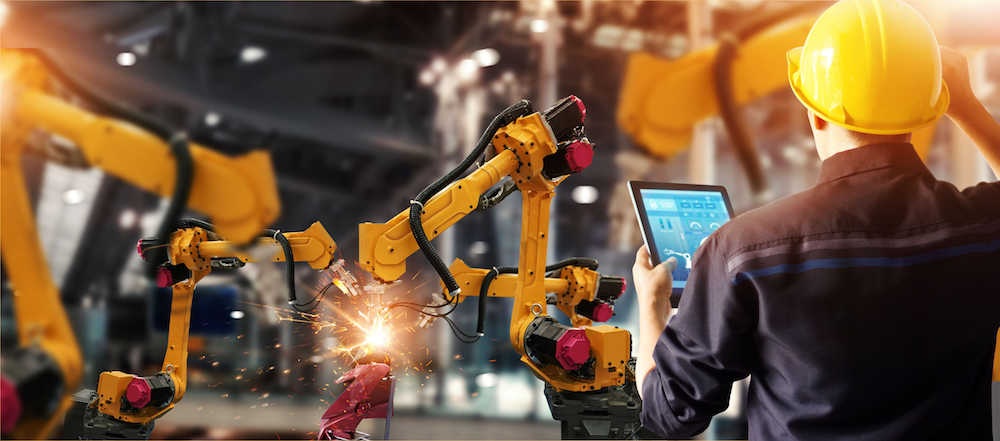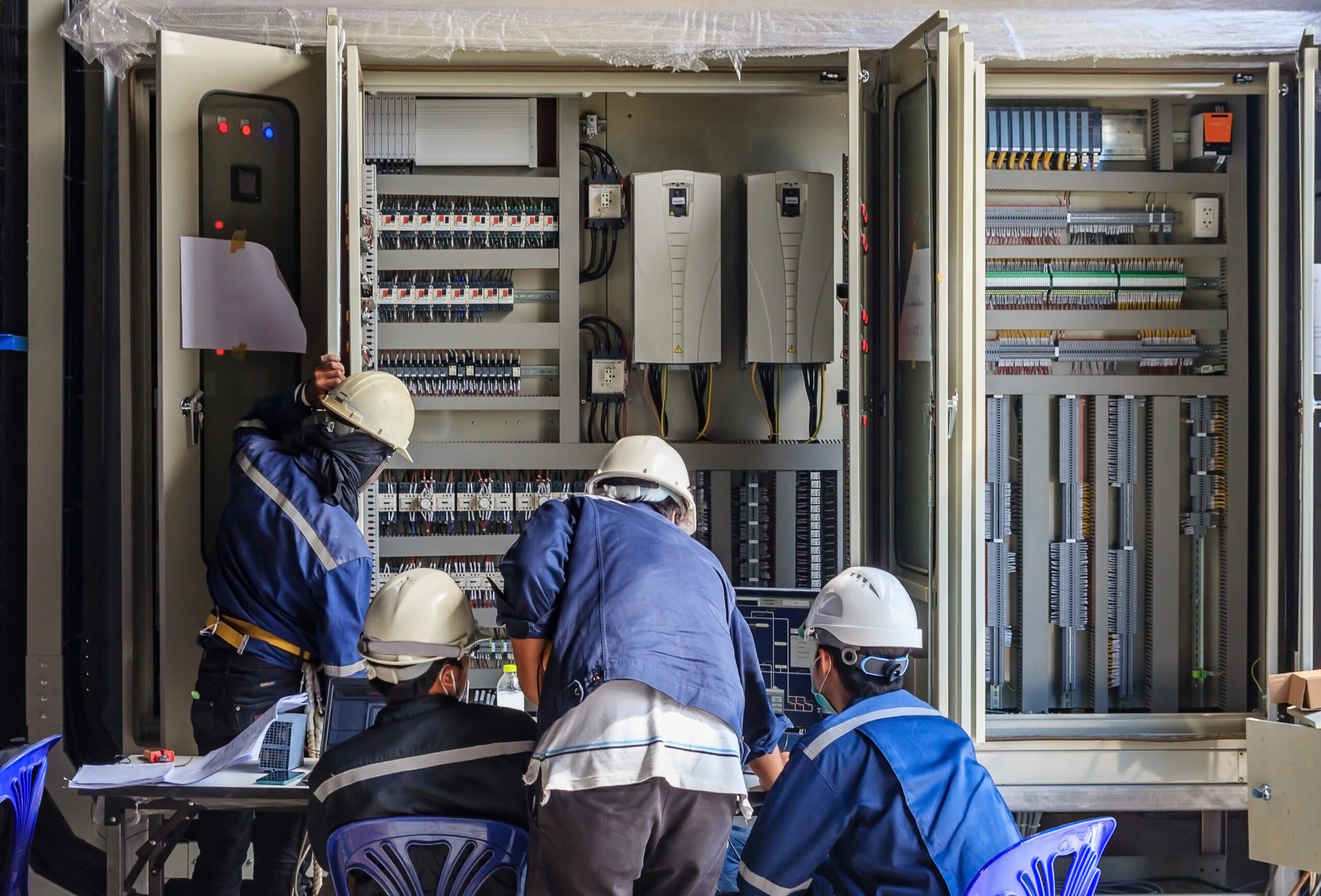
Robot welding has been an important part of manufacturing for decades, and has continued to improve as technology has advanced. This technology has been used by high-volume production lines since the 1960’s, and has become more accessible to specialized fabrication shops in recent years. Robot welding can help fabrication shops in many ways, and provides many advantages to workers and clients. Let’s take a closer look.
How Can Robot Welding Help Your Fabrication Shop?
Robotic welding systems and other automated welding machines can help to protect workers, create more uniformity between jobs, reduce expenses, and more. There are many different types of robot welding machines, including those that require some assistance from people and others that require only basic supervision. Which type of welding automation system you choose will depend on the type of projects you’re working with, the volume of work your fabrication shop deals with, and how you’d like to scale in the future.
Filling Labor Shortages
Around the world, manufacturers and fabricators are experiencing a shortage of qualified welders. This is just one facet of a much larger manufacturing labor shortage occurring in the U.S and around the world as populations age, and skills training becomes more difficult or expensive. Many young workers also perceive manufacturing jobs as paying less and introducing more danger, unhealthy working conditions or unstable long-term employment outlooks compared to other careers, and are more reluctant to enter these fields.
Robotic welding systems can help to bridge labor shortages. Though these machines require some supervision or assistance, depending on the type of system and the job at hand, robotic welding machines can provide consistent, reliable welding services. These types of machines are especially useful for repetitive welding tasks that are often monotonous and dangerous for a person to complete.
Protecting Workers
Arc welding, a relatively recent welding type to be completed by machines, operates at temperatures as high as 6,500 degrees Fahrenheit. Besides high temperature, welding presents a number of other hazards, such as deadly arc flashing, inhalation of gases and fumes, damage to the eyes, and much more.
Robotic welding allows workers to take a step back from these dangerous conditions. A robot won’t be affected by exposure to gases and, even if it is severely damaged in some way, it can be repaired or replaced, but a person cannot. Numerous safety features, such as arc shielding, fencing, emergency shut-offs, and more also help to prevent dangerous incidents from occurring in the first place.
Exact Execution
It’s unrealistic to expect a person to do a job the exact same way every time. However, this is exactly what robots are designed to do. This also applies to robot welding, and makes repetitive processes much easier, safer, and more exact.
Once a robotic welding machine is programmed and set up properly, it will perform the job specifications exactly. As with any machine or device, malfunctions or damage can certainly happen, but they can be corrected by a supervisor or operator. With these issues detected and corrected, the machine will return to its regular function, and perform a weld to exact parameters.
Faster Production
A machine that performs the same job over and over not only reduces errors, but it won’t become fatigued or tired out, as a person would. The robot can work as much or as long as its construction and output allows, and it can stop when it’s not needed. Welders generally work at about 50% arc-on time, while a robot welder can work at 75-95% arc-on time, depending on the machine and the project. This allows robot welders to get the job done faster.
Less Waste, More Efficiency
Even though they’re able to work longer, robot welding systems can also save energy. Robot welding machines do not need to turn on and off as much as machines operated by people. This limits the most energy-intensive part of the process; start-up.
As long as the robot is monitored for damage or malfunction, it won’t produce defects that require corrective welding either. This means the welding machine isn’t wasting energy on extra welding jobs. This also reduces mistakes and reduces the amount of scrap.
Robot welding requires more upfront investment, but it also gives your shop more flexibility. During slow periods, you can simply turn the machine off, instead of trying to rearrange your workforce. These machines can also create a safer work environment, especially when you are working with repetitive, simple welds that can be monotonous and hazardous for workers.







